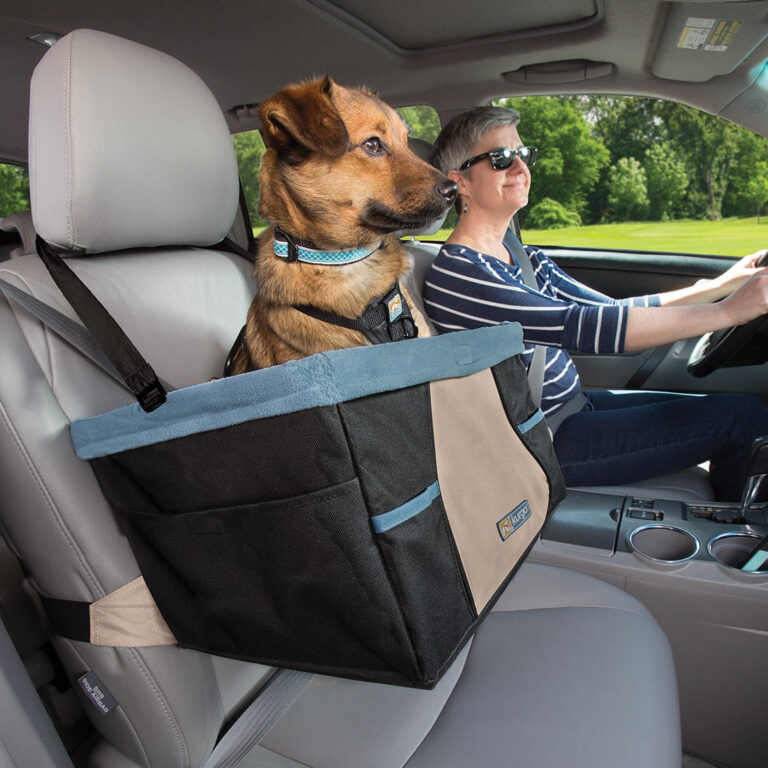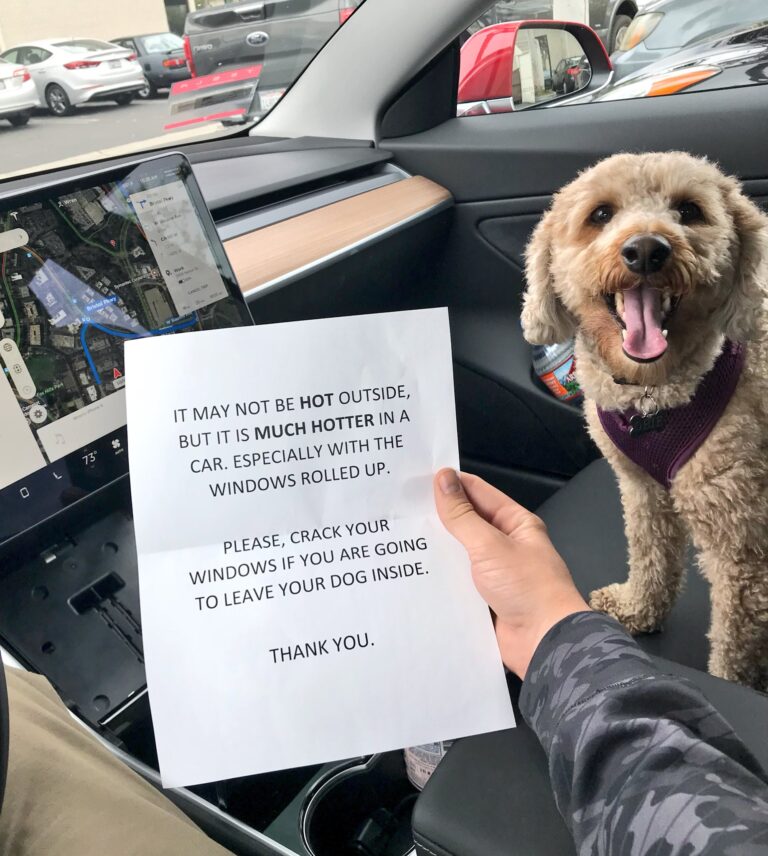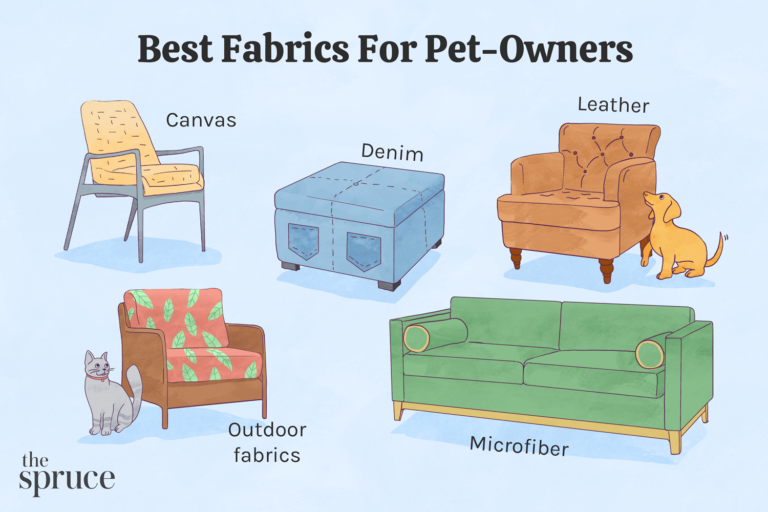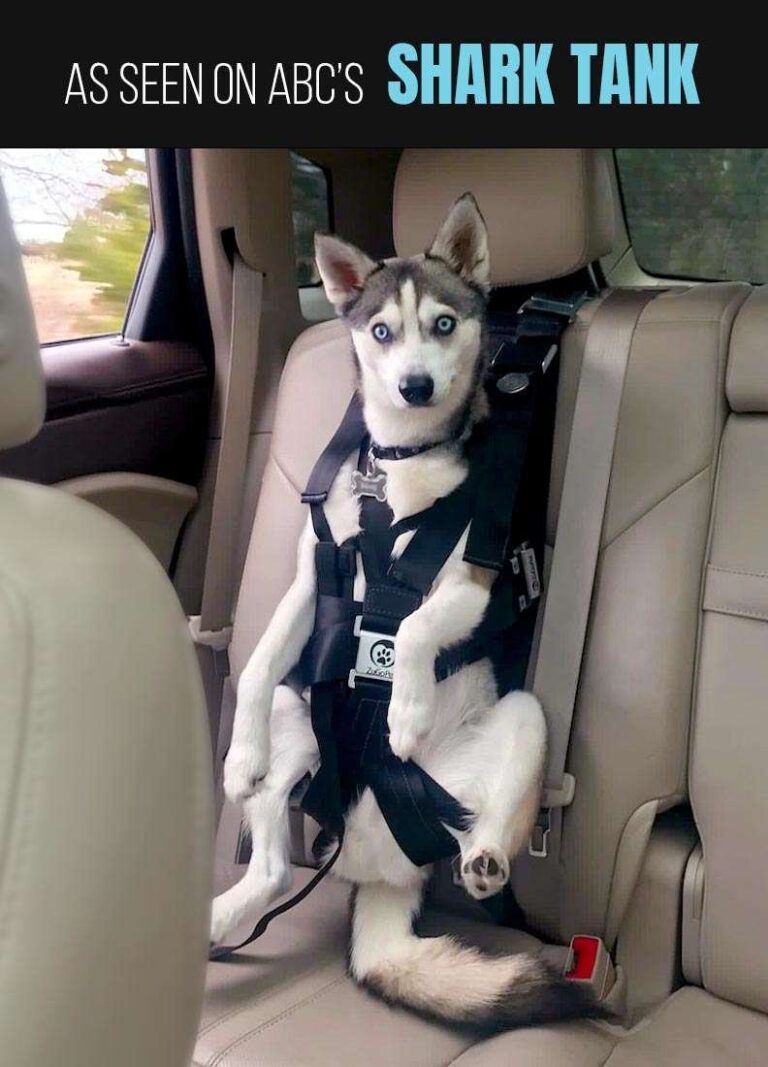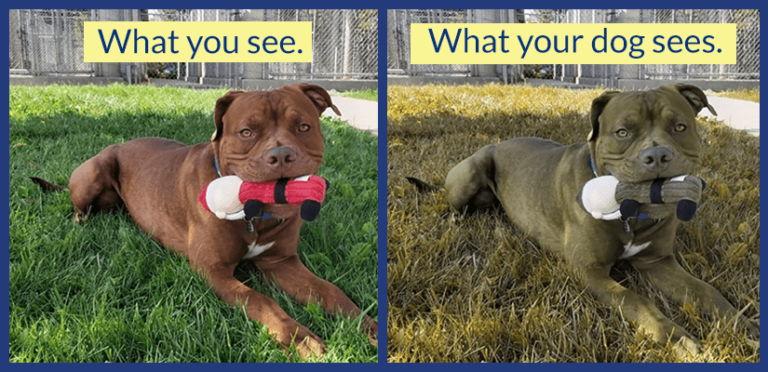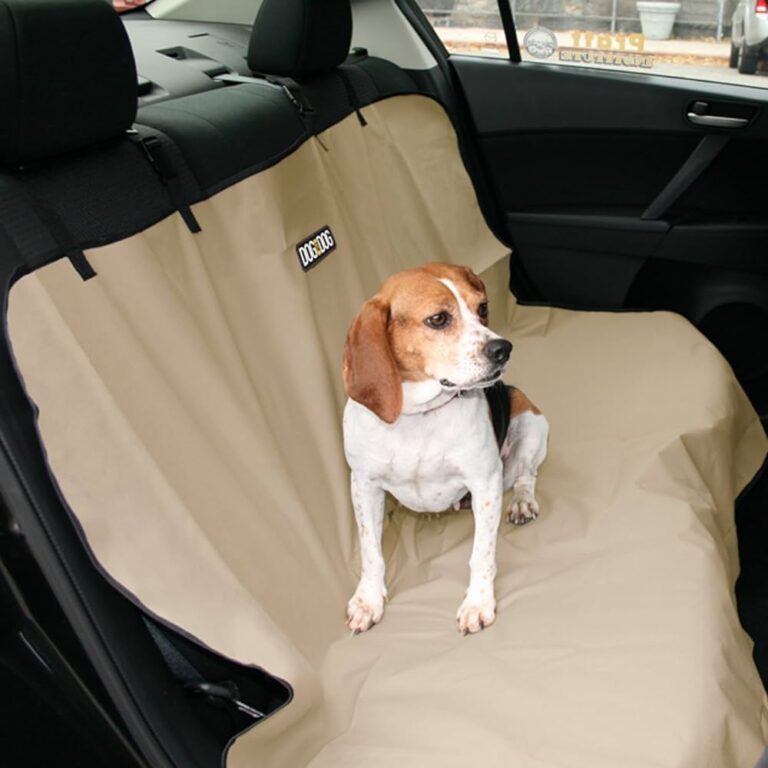What is the Safest Restraint for a Dog in a Car? Unleashed Truths
The safest restraint for a dog in a car is a crash-tested harness or a secured crate. Ensuring your dog’s safety during car rides is crucial for both their well-being and the overall security of everyone in the vehicle.
By using a reliable restraint system, you can prevent your dog from moving around the car freely, which could lead to distractions for the driver or potential injuries in the event of a sudden stop or collision. Additionally, it’s important to remember that unrestrained dogs can also pose a danger to themselves and others on the road.
In this blog post, we will delve deeper into the importance of securing your dog in a car and explore the different options available for safe travel with your furry companion.

Credit: www.dogtopia.com
Introduction To Canine Car Safety
When it comes to traveling with our furry friends, ensuring their safety is of utmost importance. One essential aspect of keeping our dogs safe in the car is proper restraint. Unrestrained dogs can pose serious risks not only to themselves but also to the driver and passengers. On the other hand, utilizing the right restraint can offer numerous benefits, providing peace of mind and a secure environment for everyone on board.
Risks Of Unrestrained Dogs
Allowing your dog to roam freely in the car may seem harmless, but it can lead to dire consequences. Here are some risks associated with unrestrained dogs:
- Distraction: Unrestrained dogs can easily distract the driver, leading to accidents or near misses.
- Injury: During sudden stops or collisions, dogs can be thrown around the vehicle, resulting in severe injuries or even death.
- Escape: An unrestrained dog may escape from the car in a moment of excitement or fear, putting them at risk of getting lost or injured.
- Airbag hazards: In the event of airbag deployment, an unrestrained dog can be seriously injured or killed if they are in the path of the airbag.
Benefits Of Proper Restraints
Using the appropriate restraints for your dog can significantly enhance their safety while traveling. Here are some notable benefits:
- Minimized distractions: Properly restrained dogs are less likely to cause distractions, allowing the driver to focus on the road.
- Reduced injury risk: Restraints such as dog seat belts, crates, or harnesses can help prevent injuries by keeping dogs securely in place during sudden movements or accidents.
- Prevention of escape: Using the right restraints ensures that your dog cannot escape from the car, providing peace of mind and eliminating the risk of them running off.
- Avoidance of airbag hazards: Restraining your dog away from airbags can prevent serious harm in the event of a deployment.
By understanding the risks associated with unrestrained dogs and recognizing the benefits of proper restraints, you can make informed decisions to ensure the safest travel experience for both you and your beloved four-legged companion.
Assessing Restraint Options
Types Of Restraints
When it comes to keeping your furry friend safe during car rides, there are several types of restraints available. These include harnesses, crates, and car barriers. Each option offers different levels of protection and comfort for your dog.
Material And Durability
The material and durability of the restraint are crucial factors to consider. Look for restraints made from high-quality, durable materials that can withstand impact and sudden movements. Opt for products that are weather-resistant and easy to clean, ensuring a long lifespan.
Compatibility With Car Models
Before purchasing a restraint for your dog, it’s important to ensure that it is compatible with your specific car model. Some restraints may not fit properly in certain vehicles, so it’s essential to check the compatibility to guarantee a secure fit.
Harnesses And Seat Belts
When it comes to keeping your furry friend safe during car rides, harnesses and seat belts are essential. These restraints are designed to secure your dog in the car, preventing them from roaming around or getting injured in the event of sudden stops or accidents. Not only do they provide safety, but they also offer peace of mind for pet owners.
Design Features
Harnesses and seat belts for dogs are specifically designed with features that ensure maximum safety and comfort. The harnesses are usually made of durable materials such as nylon or polyester, which can withstand the pulling force of a dog in case of sudden movements. They have adjustable straps and buckles to fit dogs of different sizes, allowing for a snug and secure fit.
In addition to the strong construction, harnesses often come with padded chest plates and wide straps to distribute the force evenly across the body, reducing the risk of injury. Some harnesses also feature reflective strips to enhance visibility, especially during nighttime travels.
Safety Testing
Before hitting the market, harnesses and seat belts undergo rigorous safety testing to ensure their effectiveness in protecting dogs during car rides. These tests evaluate the strength of the materials, the durability of the hardware, and the overall performance of the restraints. They simulate different scenarios, including sudden stops and collisions, to assess how well the harnesses and seat belts hold up and keep the dog secure.
Look for products that meet or exceed safety standards, such as those approved by the Center for Pet Safety (CPS) or tested by the Federal Motor Vehicle Safety Standards (FMVSS). These certifications provide reassurance that the harnesses and seat belts have undergone thorough testing and are proven to be safe for your furry friend.
Ease Of Use
One of the key advantages of harnesses and seat belts for dogs is their ease of use. They are designed to be user-friendly, making it simple for pet owners to secure their dogs in the car. Most harnesses feature quick-release buckles that allow for easy on and off, saving time and effort.
Furthermore, many harnesses can be used as everyday walking harnesses, eliminating the need for multiple products. This dual-purpose functionality adds convenience and value for pet owners, as they can easily transition from walks to car rides without the hassle of switching equipment.
When choosing a harness or seat belt, consider the adjustability and ease of fitting. Opt for products with clear instructions and intuitive designs that make it effortless to secure your dog properly.
Ultimately, harnesses and seat belts provide the safest restraint for your dog in the car. Their thoughtful design features, rigorous safety testing, and ease of use make them essential accessories for any pet owner. Ensure you select the right size and quality product to keep your furry friend safe and secure during your travels together.
Crates And Carriers
When it comes to traveling with your furry friend, keeping them safe and secure in the car is of utmost importance. One of the best ways to ensure your dog’s safety is by using a crate or carrier. Here’s what you need to know about choosing the right size, securing the crate, and ensuring proper ventilation and comfort for your four-legged companion.
Choosing The Right Size
When selecting a crate or carrier, it’s essential to choose the right size for your dog. The crate should be large enough for your dog to stand up, turn around, and lie down comfortably. However, it should not be too big as this may lead to your dog sliding around during travel, which can be dangerous.
Refer to the manufacturer’s guidelines when selecting the appropriate size for your dog. If your pup is still growing, consider purchasing a crate or carrier with a divider to adjust the size as they grow.
Securing The Crate
Once you’ve selected the right size crate or carrier, it’s crucial to secure it in your vehicle. An unsecured crate can become a dangerous projectile in the event of an accident, putting your dog and other passengers at risk.
Place the crate in the back seat or cargo area of your vehicle and secure it using the seatbelt or other restraints. Never place the crate in the front seat or on the passenger seat, as this can be extremely dangerous for your dog if the airbag deploys.
Ventilation And Comfort
Proper ventilation is necessary to keep your dog comfortable during travel. Make sure the crate has enough ventilation and airflow to prevent your dog from overheating. If you’re traveling in hot weather, consider placing a cooling mat or pad in the crate to keep your dog cool.
Additionally, make sure your dog has access to water during travel. Place a small bowl of water in the crate or carrier, or stop frequently to offer your dog water.
Finally, ensure your dog is comfortable during travel by providing a soft and cozy bed or blanket in the crate. This will help your dog feel secure and relaxed during the journey.
Overall, using a crate or carrier is one of the safest ways to restrain your dog in the car. By selecting the right size, securing the crate, and ensuring proper ventilation and comfort, you can keep your furry friend safe and happy during your travels.
Barriers And Dividers
When it comes to keeping your dog safe in the car, barriers and dividers are a popular choice. They help contain your pet in a specific area, preventing distractions and potential injuries.
Types Of Barriers
- Mesh barriers
- Metal barriers
- Adjustable barriers
Installation Tips
- Measure your car’s dimensions
- Secure the barrier tightly
- Ensure proper ventilation
Limitations
- May not fit all car models
- Some dogs may try to jump over
- Impact on rearview mirror visibility
Safety Testing And Certifications
Ensure the safety of your furry friend while travelling in a car by using a certified restraint. Look for safety testing and certifications such as crash-test certifications and compliance with safety standards. Protect your pet and give yourself peace of mind with the safest restraint for your dog in a car.
Crash Test Standards
When it comes to traveling with our furry friends, safety is of utmost importance. One important factor to consider is the type of restraint system used to keep your dog secure while in the car. To ensure the safety of your pet, it is important to look for products that have undergone crash testing.Certifying Organizations
Certifying organizations such as the Center for Pet Safety (CPS) and the International Center for Automotive Research (ICAR) conduct rigorous tests to evaluate the effectiveness of different types of dog restraints in the event of a crash. These tests are designed to simulate real-world crash scenarios and measure the potential for injury to both the dog and human passengers.Interpreting Test Results
When evaluating test results, it is important to look for products that have been awarded certification by CPS or ICAR. These certifications indicate that the product has undergone extensive testing and has been found to be effective in keeping your dog safe in the event of a crash. Additionally, it is important to look for products that have been tested using the same standards as those used by these organizations. In conclusion, when it comes to choosing a restraint for your dog in the car, look for products that have undergone rigorous crash testing and have been certified by reputable organizations such as CPS or ICAR. By taking the time to research and invest in a high-quality restraint system, you can ensure the safety of your furry friend while on the road.Training Your Dog For Car Restraints
Acclimatization Techniques
When acclimating your dog to car restraints, it’s important to start slowly. Begin by allowing your dog to explore the car while it’s stationary, making it a positive experience with treats and praise. Gradually progress to short rides, gradually increasing the duration as your dog becomes more comfortable.
Positive Reinforcement
Using positive reinforcement techniques such as treats, toys, and praise can help your dog associate the car with positive experiences. Reward your dog for remaining calm and relaxed during car rides, reinforcing the desired behavior.
Dealing With Anxiety
If your dog experiences anxiety during car rides, it’s important to address this issue with patience and understanding. Consider consulting a professional trainer or behaviorist to develop a tailored approach for helping your dog overcome anxiety in the car.

Credit: www.amazon.com
Legal Considerations And Responsibilities
State Laws And Regulations
It’s crucial to be aware of state laws and regulations regarding the restraint of pets in vehicles. Laws vary from state to state, with some states having specific regulations for pet restraints while traveling in a car. For example, in some states, pets are required to be restrained to prevent distractions to the driver, while other states may have stricter guidelines for the safety of pets in vehicles.
Insurance Implications
Understanding the insurance implications of pet restraints in cars is essential. In the event of an accident, your insurance coverage may be affected by the way your pet was restrained or not restrained. Some insurance companies may require pets to be properly restrained to ensure coverage for any injuries sustained by the pet or other passengers in the vehicle. It’s important to review your insurance policy to understand the specific requirements related to pet restraints.
Liability In Accidents
Liability in accidents involving pets in vehicles is a significant concern. If a pet is not properly restrained and causes a distraction leading to an accident, the owner may be held liable for any resulting damages. Additionally, if the pet is injured due to not being properly restrained, the owner may be held responsible for the pet’s medical expenses. Ensuring that pets are safely and appropriately restrained in a vehicle is not only a matter of legal compliance but also a crucial aspect of responsible pet ownership.
Real-life Incidents And Testimonials
Ensure your dog’s safety in the car with the safest restraint option. Real-life incidents and testimonials reveal the importance of using a reliable dog seat belt or a secure crate to protect your furry friend during travels. Discover the best method to keep your dog safe on the road.
Real-life Incidents and Testimonials: It is not a rare sight to see dogs accompanying their owners in cars, but not many are aware of the importance of restraining their furry companions while driving. According to the American Automobile Association (AAA), an unrestrained dog can become a dangerous projectile in a crash, injuring not only the dog but also the driver and passengers. Real-life incidents and testimonials serve as a powerful reminder of the importance of choosing the safest restraint for dogs in cars. Survivor Stories: There have been instances where dogs have miraculously survived car crashes, thanks to the use of appropriate restraints. For instance, a dog named Tilly survived a car accident in California, as she was wearing a seatbelt harness that prevented her from being thrown out of the car. Similarly, a dog named Max survived a car crash in Colorado, thanks to his owner’s use of a safety harness. Expert Opinions: According to the Center for Pet Safety, not all dog restraints are created equal. The organization conducted crash tests on various dog restraint systems and found that some of them failed to protect dogs during a crash. Therefore, it is crucial to choose a restraint that has been tested and certified by independent organizations such as the Center for Pet Safety. Community Feedback: Many dog owners have shared their experiences and recommendations regarding dog restraints on various online forums and social media platforms. For instance, some owners prefer using a crate for their dogs, while others recommend using a harness that has been crash-tested. It is crucial to research and read reviews before choosing a dog restraint to ensure that it is safe and comfortable for your furry companion. In conclusion, real-life incidents and testimonials, survivor stories, expert opinions, and community feedback all emphasize the importance of choosing the safest restraint for dogs in cars. By taking the necessary precautions, we can ensure the safety and well-being of our furry companions while traveling in cars.
Credit: www.motor1.com
Choosing The Best Option For Your Dog
Assessing Your Dog’s Needs
Consider your dog’s size, behavior, and comfort preferences when choosing a restraint.
Product Reviews And Recommendations
Research different car restraints for dogs and read reviews to make an informed decision.
Maintenance And Longevity
Regularly check the restraint for wear and tear to ensure your dog’s safety.
Frequently Asked Questions
What Is The Best Way To Restrain A Dog In A Car?
The best way to restrain a dog in a car is by using a harness or a crate that is secured to the car’s seat. This helps to keep the dog safe and prevents distractions while driving.
What Is The Safest Seat In A Car For A Dog?
The safest seat in a car for a dog is the back seat. It provides more protection and reduces the risk of injury in case of an accident. Make sure to use a dog seat belt or a secured crate to keep your furry friend safe during the ride.
What Is The Safest Way For A Dog To Ride In A Car?
The safest way for a dog to ride in a car is by using a secured crate or a harness. This prevents them from roaming and getting injured during sudden stops. Avoid letting them stick their head out of the window to prevent accidents or injuries.
Is A Crate Or A Harness Safer For A Dog In A Car?
A crate is safer for a dog in a car than a harness. It provides more protection and security.
Conclusion
Ensuring your dog’s safety in the car is crucial. Opt for a harness or crate to secure them properly. Remember, safety first for both you and your furry friend during car rides. Choose the safest restraint and enjoy worry-free travels with your beloved pet.
- Can I Get in a Taxi Without a Car Seat? - January 26, 2025
- Can I Get Chlamydia From a Toilet Seat? - January 26, 2025
- Can I Get an Uber With a Car Seat? - January 26, 2025

